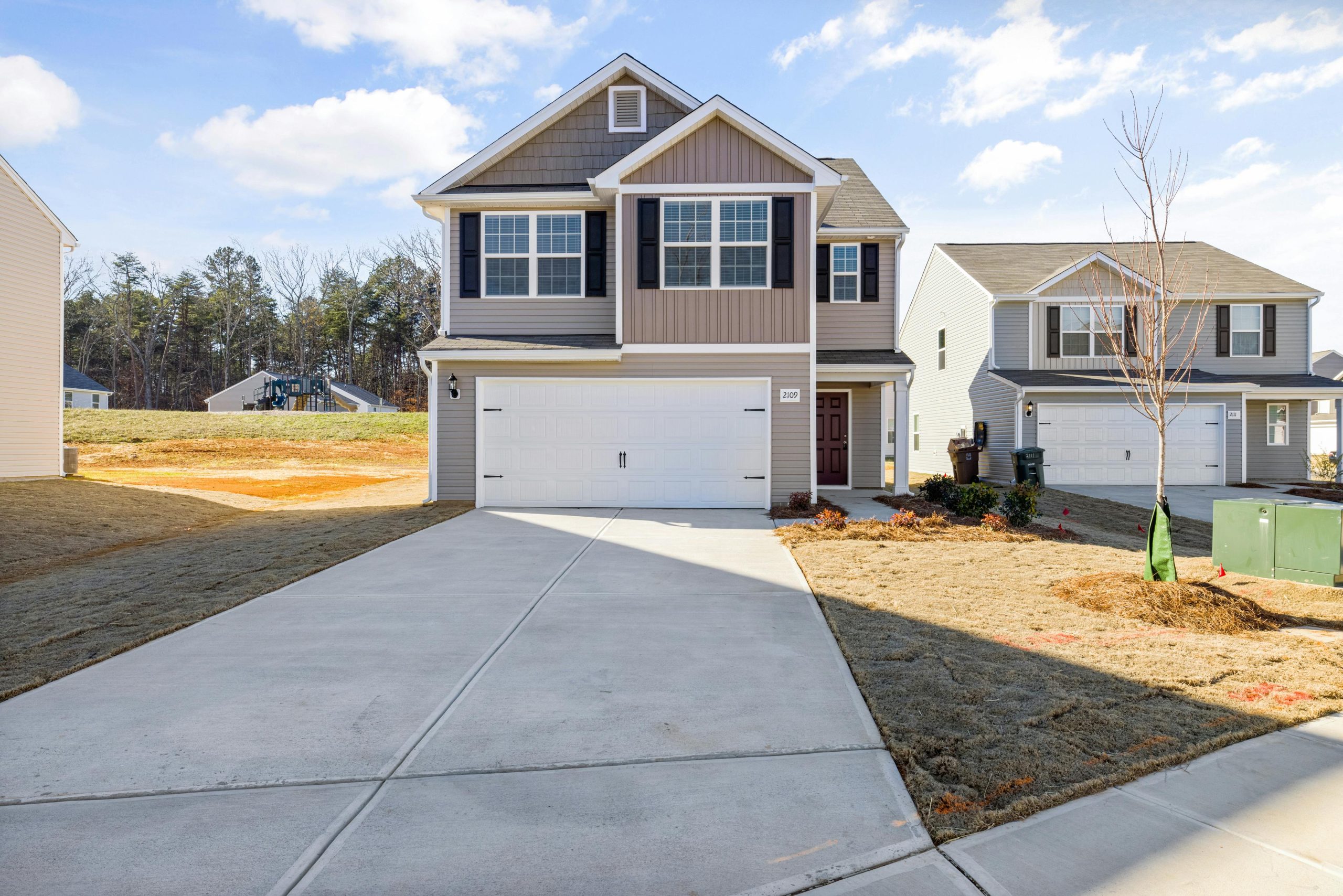Key Takeaways:
- Building a custom home allows you to tailor every aspect of your living space.
- Thorough planning ensures the project aligns with your vision and budget.
- Engaging with professionals early can streamline the process.
Table of Contents:
- Understanding Your Needs and Wants
- Setting a Realistic Budget
- Choosing the Perfect Location
- Assembling Your Dream Team
- The Design Phase
- Securing Necessary Permits
- Navigating the Building Process
Understanding Your Needs and Wants
Building a bespoke home offers a special chance to design a living area that precisely suits your tastes and way of life. The journey begins with identifying what you truly need in your home. Are you aiming for a spacious kitchen to entertain guests, or do you prioritize having a home office with sufficient natural light? Listing your needs and wants helps clarify the vision for your project and guides future decisions.
For residents in areas like custom home design Coconino County, AZ, understanding these priorities becomes crucial given the specific architectural and environmental considerations. Tailoring the home to fit local aesthetics and climate conditions can yield a harmonious blend of form and function.
Setting a Realistic Budget
Establishing a realistic budget is critical in the custom home building process. This budget should encompass all project stages, from initial design fees to final landscaping touches. To avoid overwhelming financial strain, it is advisable to allocate a contingency fund of about 10-15% above your estimated expenses to cover unforeseen costs.
Comprehensive budgeting involves understanding current market trends. For instance, consider potential fluctuations in the costs of building materials, which may affect your budget. Engaging with financial advisors or construction professionals can provide you with invaluable insights that help align your aspirations with economic practicality.
Choosing the Perfect Location
Your choice of llocation significantly impacts your home’s overall aesthetic, convenience, and value. When scouting for land, consider proximity to essential services, school districts for families, and workplace commuting times. The location should meet lifestyle needs and align with any long-term financial goals for property appreciation.
Tools like proximity to transportation, access to recreational areas, and neighborhood demographics should all influence your decision. This strategic approach ensures that your investment holds value over time while providing a satisfying living experience.
Assembling Your Dream Team
Building a custom home requires the expertise of a skilled team, including architects, builders, and interior designers. Start by researching companies or individuals who specialize in custom projects. Seek out teams that have finished homes that are comparable to your idea.
Conducting interviews and reviewing portfolios to gauge a team’s compatibility with your project’s objectives is beneficial. Transparent communication is key; ensure that the team you choose is talented and aligns with your budget and timeline expectations. A cohesive team will streamline the building process and mitigate potential conflicts.
The Design Phase
Your vision starts to take shape during the design phase. Collaborate closely with your architect and designer to translate your ideas into a practical blueprint. The home’s layout, light exposure, and integration with the natural landscape are key considerations.
Embracing sustainable design principles can enhance your home’s energy efficiency and reduce long-term utility costs. Research shows that incorporating features like passive solar design and energy-efficient materials can substantially affect both sustainability and monthly expenses.
Securing Necessary Permits
Before breaking ground, you’ll need to secure permits from local authorities. These permits must ensure that your home complies with zoning laws and building codes. The process might seem daunting, but it is a legal safeguard for your investment.
Each municipality has its own requirements, so it’s vital to familiarize yourself with these regulations early. Your building team should assist you in navigating the permit application process, ensuring all documentation is accurately completed and submitted promptly.
Navigating the Building Process
The construction phase is where the groundwork pays off and your dream home becomes a reality. Establish clear lines of communication with your builder to remain informed about progress and potential challenges. Regular site visits can provide reassurance and a sense of involvement in the ongoing transformation.
Unexpected challenges can arise during construction, from weather delays to design modifications. Maintaining flexibility and a proactive approach can help address these issues efficiently. Engaging in open dialogue with your team ensures that adjustments are aligned with your initial vision and budget, ultimately leading to a successful project.




